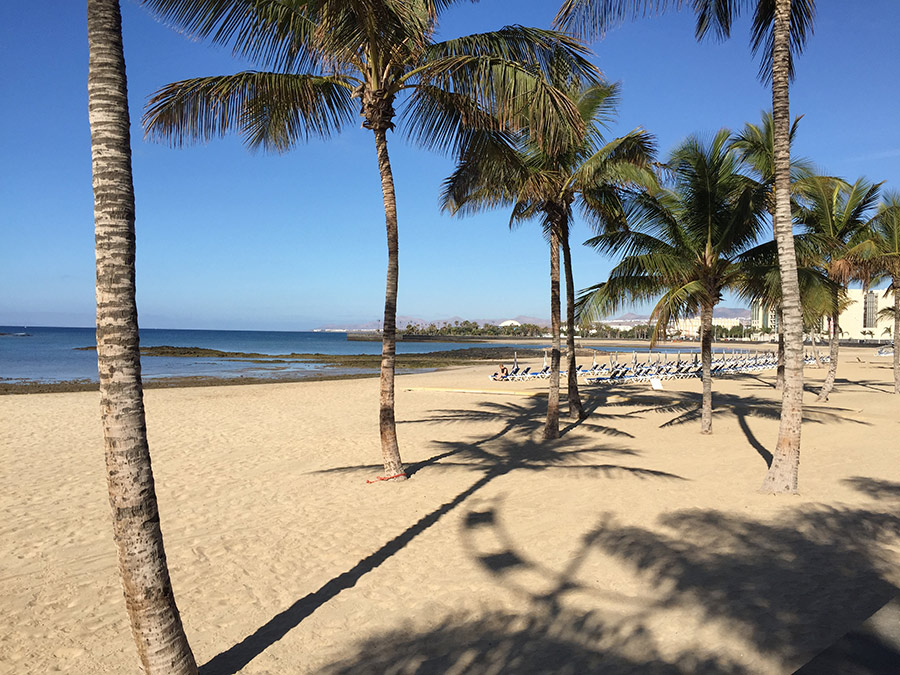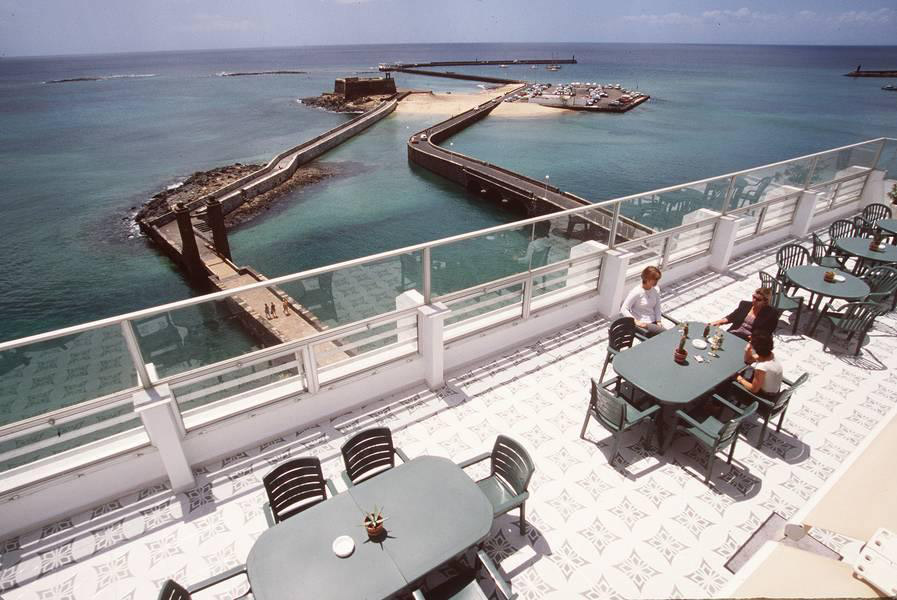Arrecife

The islands capital since the second half of the 19th century, Arrecife is the administrative and commercial centre which is home to over half the population. A marked seafaring character combines with appearance of defensive fortress and its present function as a services city devoted to commercial trade relations.
Founded on the basis of expanding overseas trade (through the port with greatest facilities and interchange of products such as salt, onions and fish) from its well-known Muelle de la Cebolla, known today as Puerto Chico or Muelle Chico, it passed in scarcely two centuries form being just a collection of small warehouses for loading and unloading merchandise in the inmeditate vicinity of the port to become main nucleus of the island. It takes its name form the collection of reefs (arrecifes), islets and small volcanic rocks which stand off its coastline and hinder access and landing.
Once inside the town its marine status is clearly reflected in its streets and ols quarter, in the transit and transfer of goods arriving from other ports an in the professed devotion to its admirable patron, Saint Gines.
We have, too, the presence of the curious rock formations formed by the mantles of lava in their quest for and encounter with the sea. We can note marked growth of the city as it gradually became an urban services centre – features all that define the capitals identy.
The city is host to shopping centres, numerous specialized outlets, gift shops and a number of small outlets which sell their own products and fancy goods with careful customer attention; it is thus easy to find an extensive range and great variety of products, whether of local artisan origin or imported from the most unlikely international markets, as the special status of the islands. Means that imported products from any country in the world can be bought at the keenest prices.
In addition to its role as tourist shopping centre, Arrecife, is also of interest for the coastline itself, with its variety of islets and reefs which have arisen out of the lava flows along the coast, alternating with defensive castles built for protection against corsair-such as the Castillo de San José, now converted into an Internation Museum of Contemporary Art, and the Castillo de San Grabriel, linked to the capital by Puente las Bolas bridge.
Finally, one of the most frequently visited tourist attractions is the Charco de San Gines, a sort of lake formed by the entrance of sea water and surrounded by small fishermens houses, beside was built the former hermitage of San Gines, which has today becomer the Church of San Gines.










